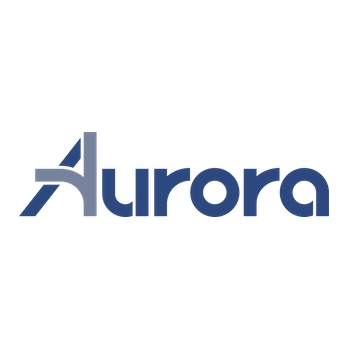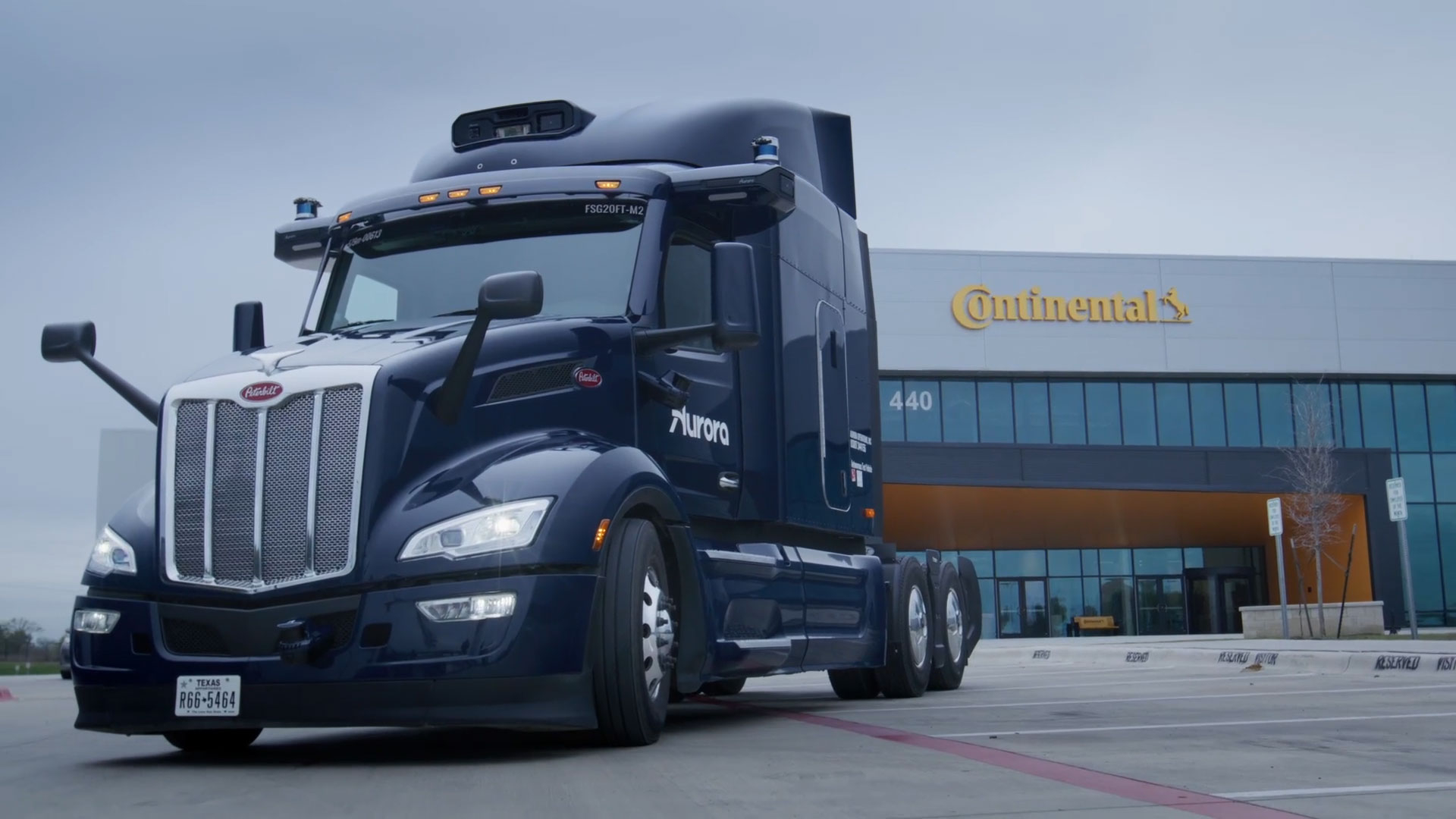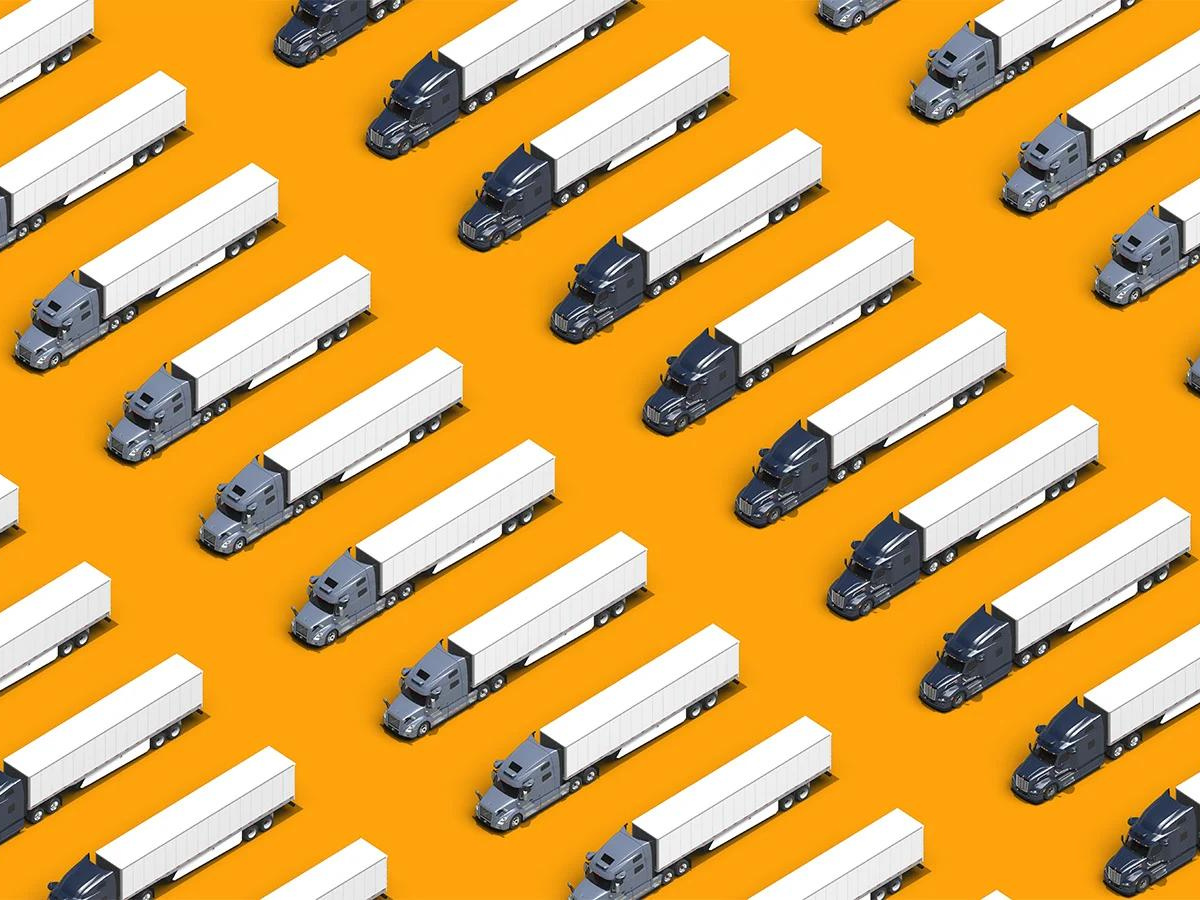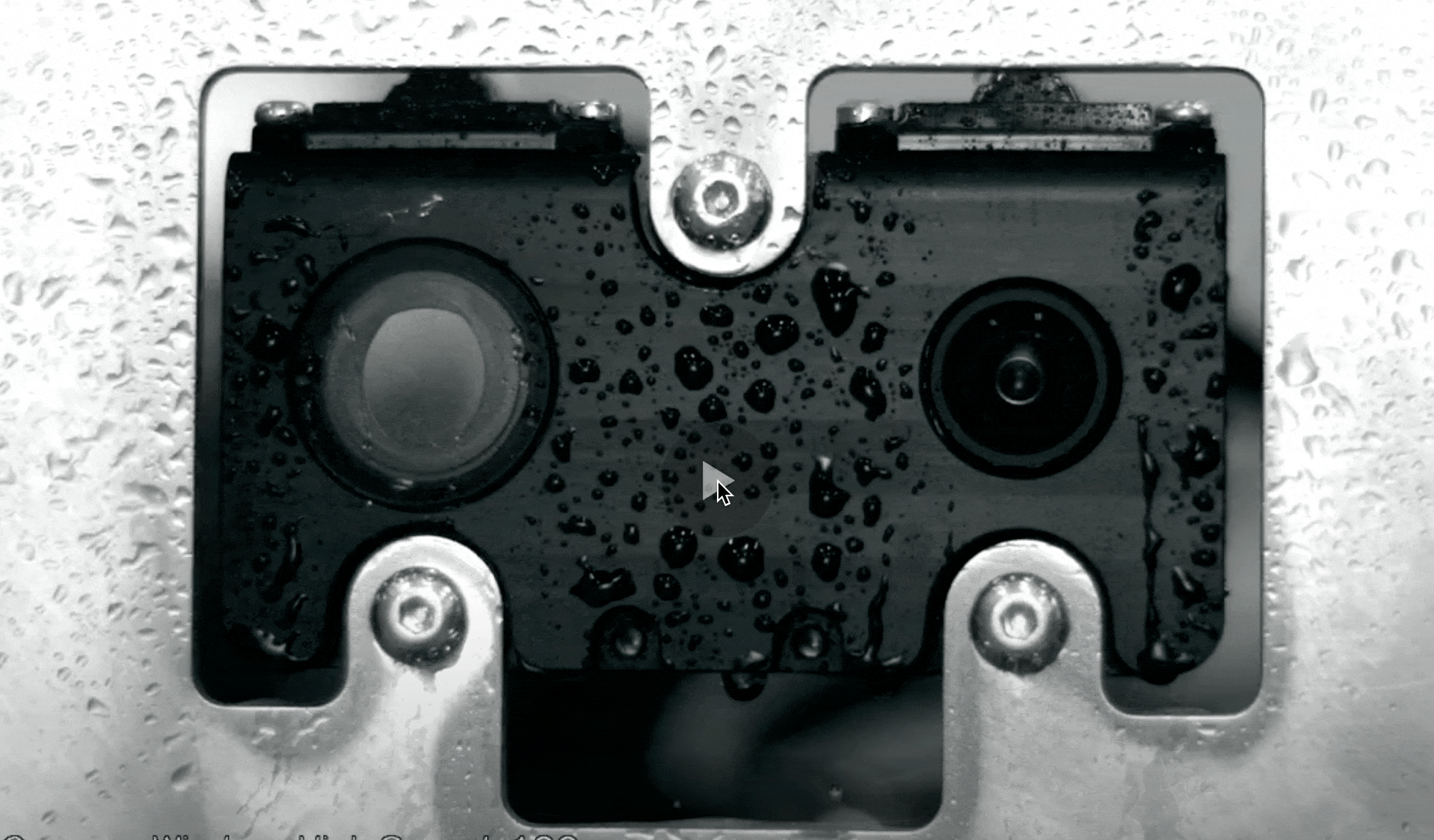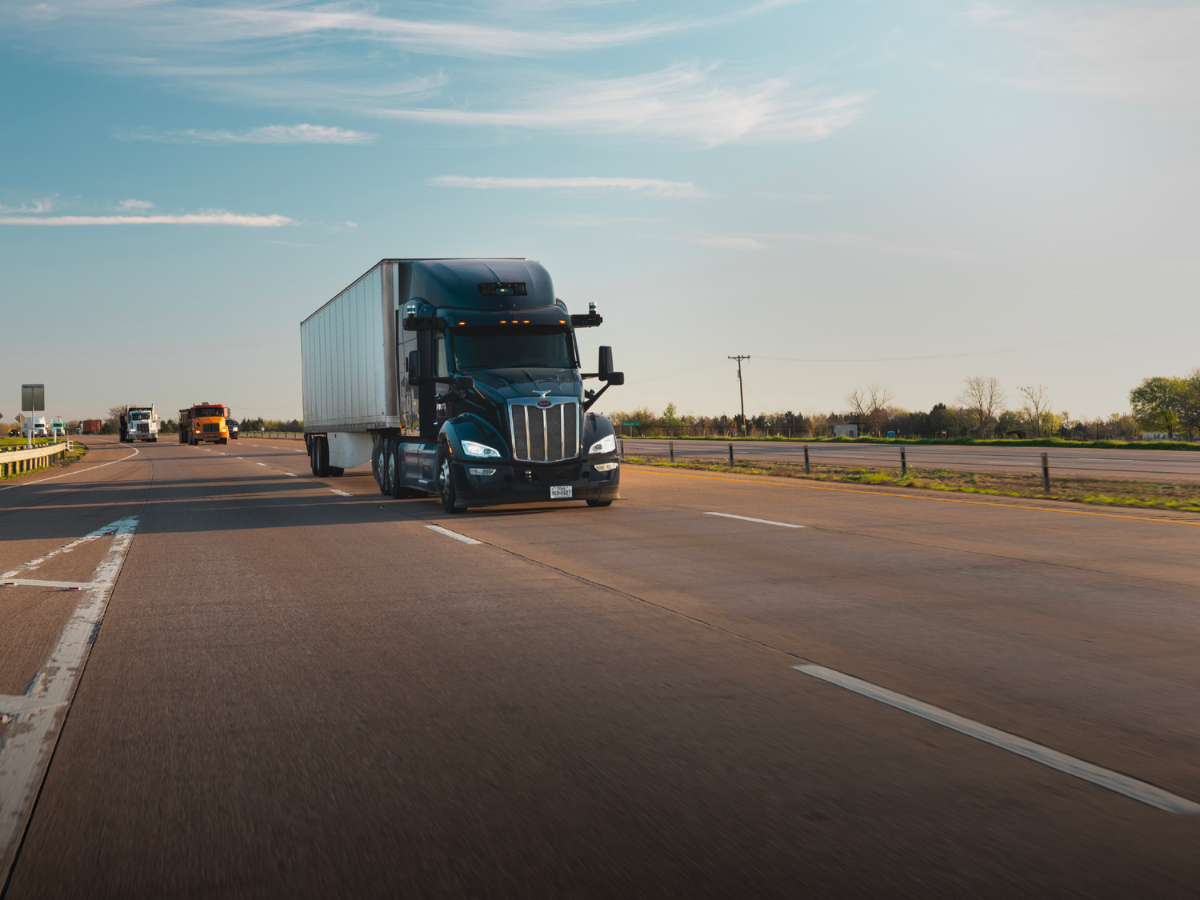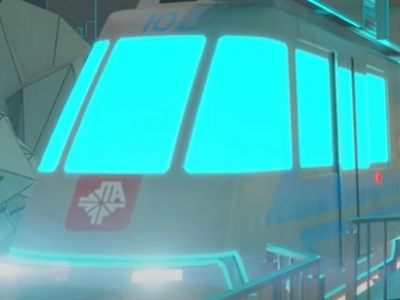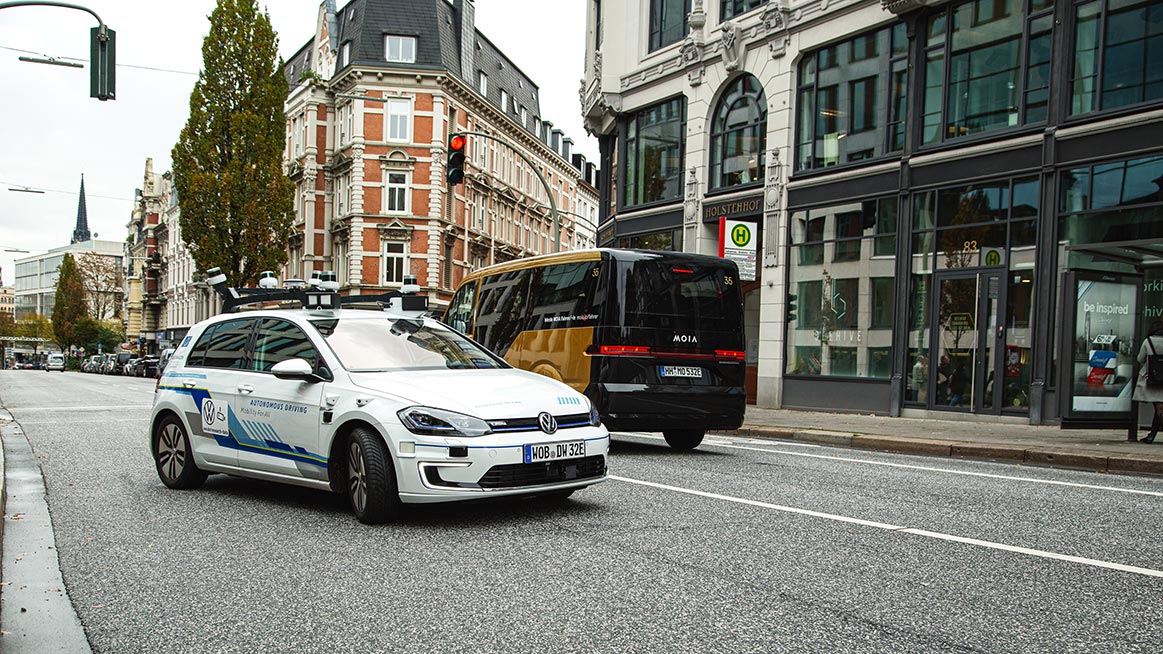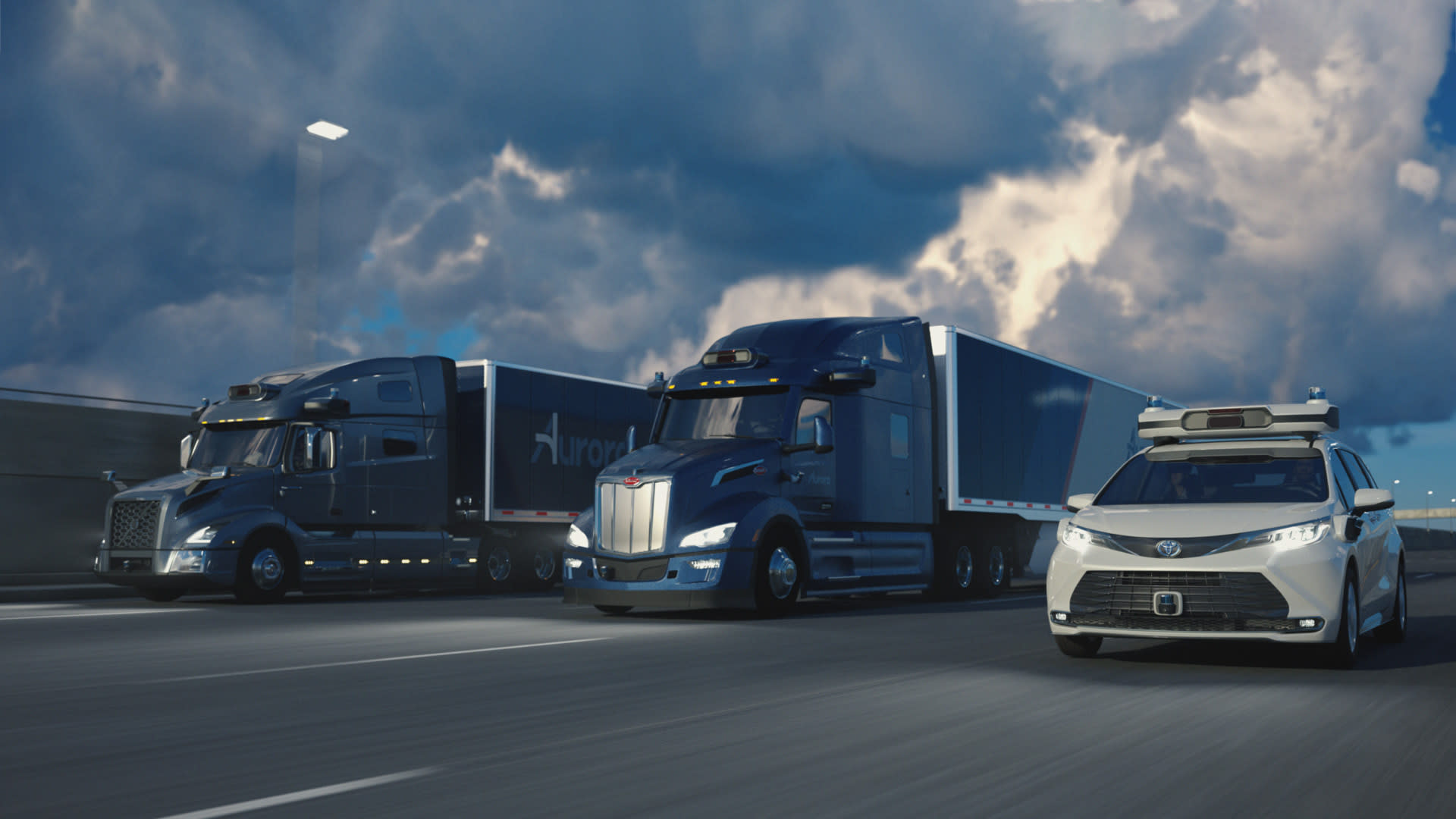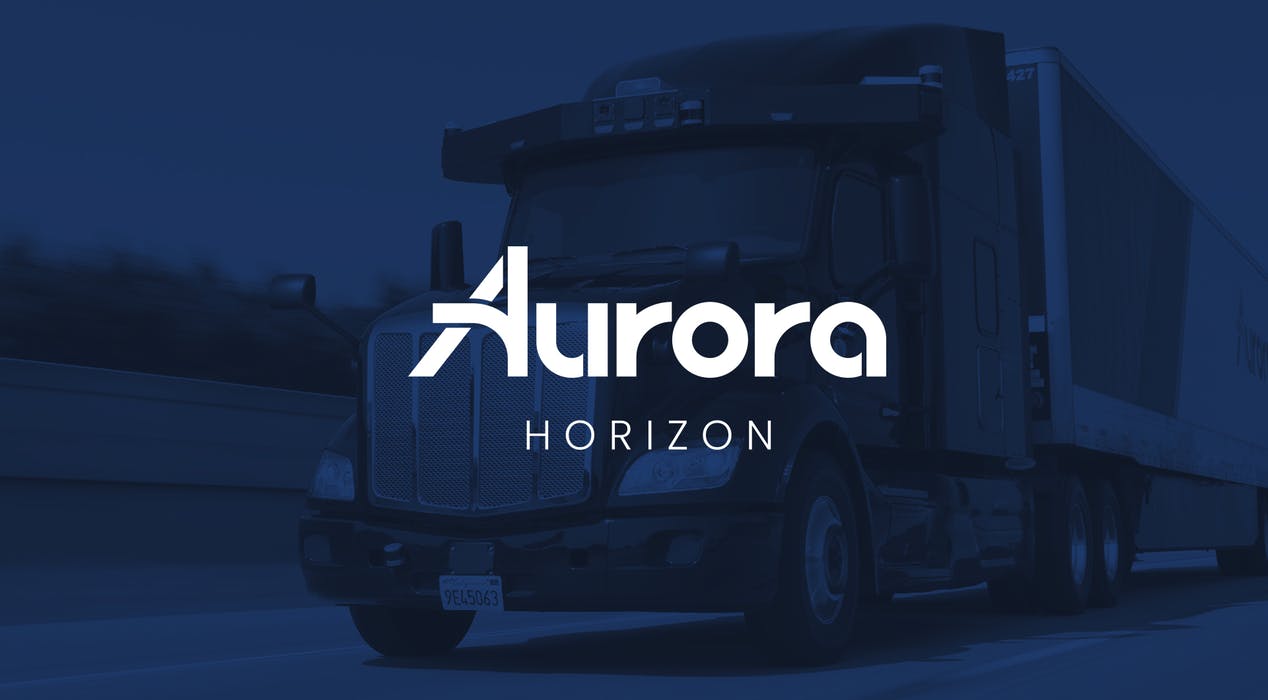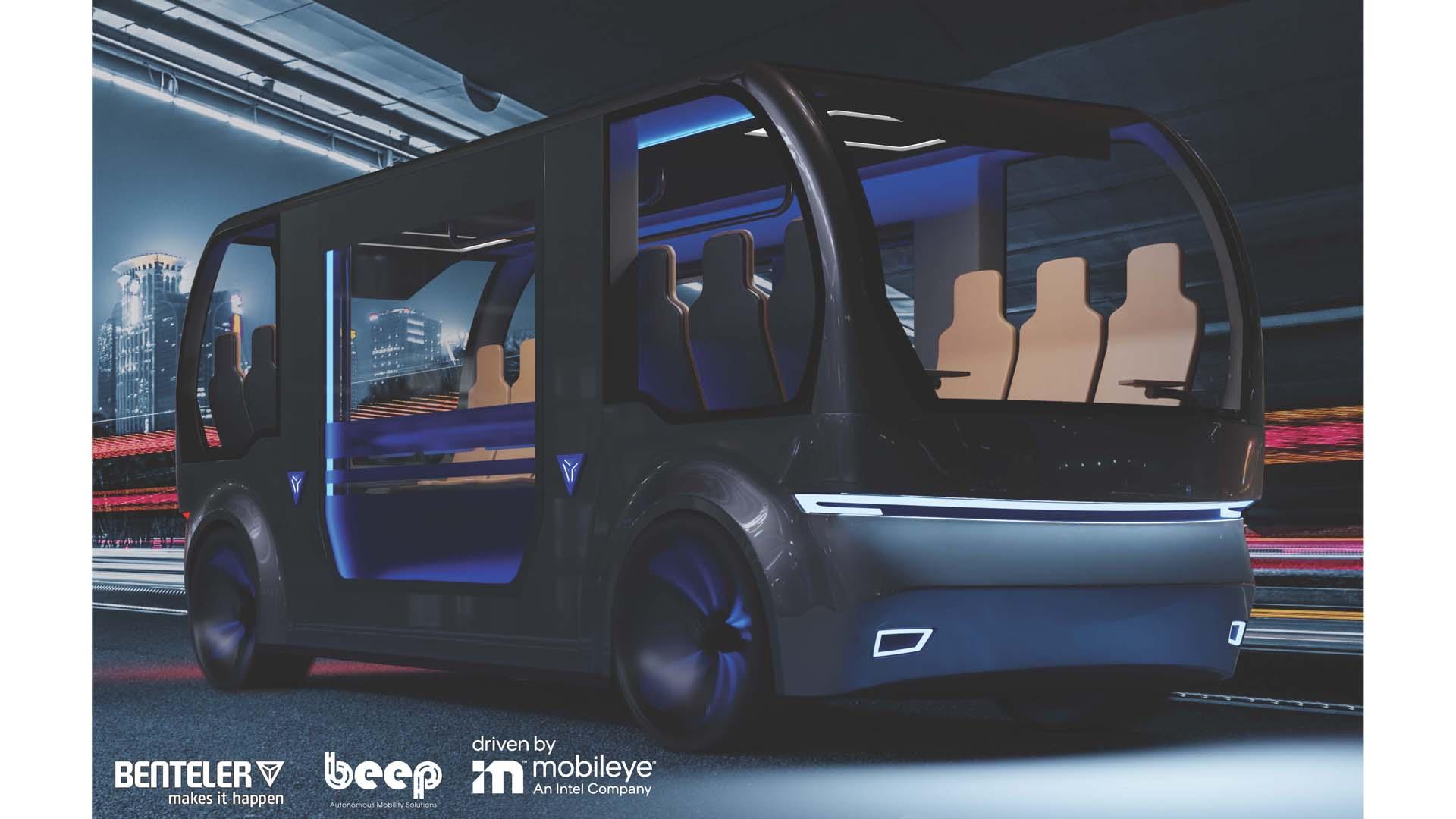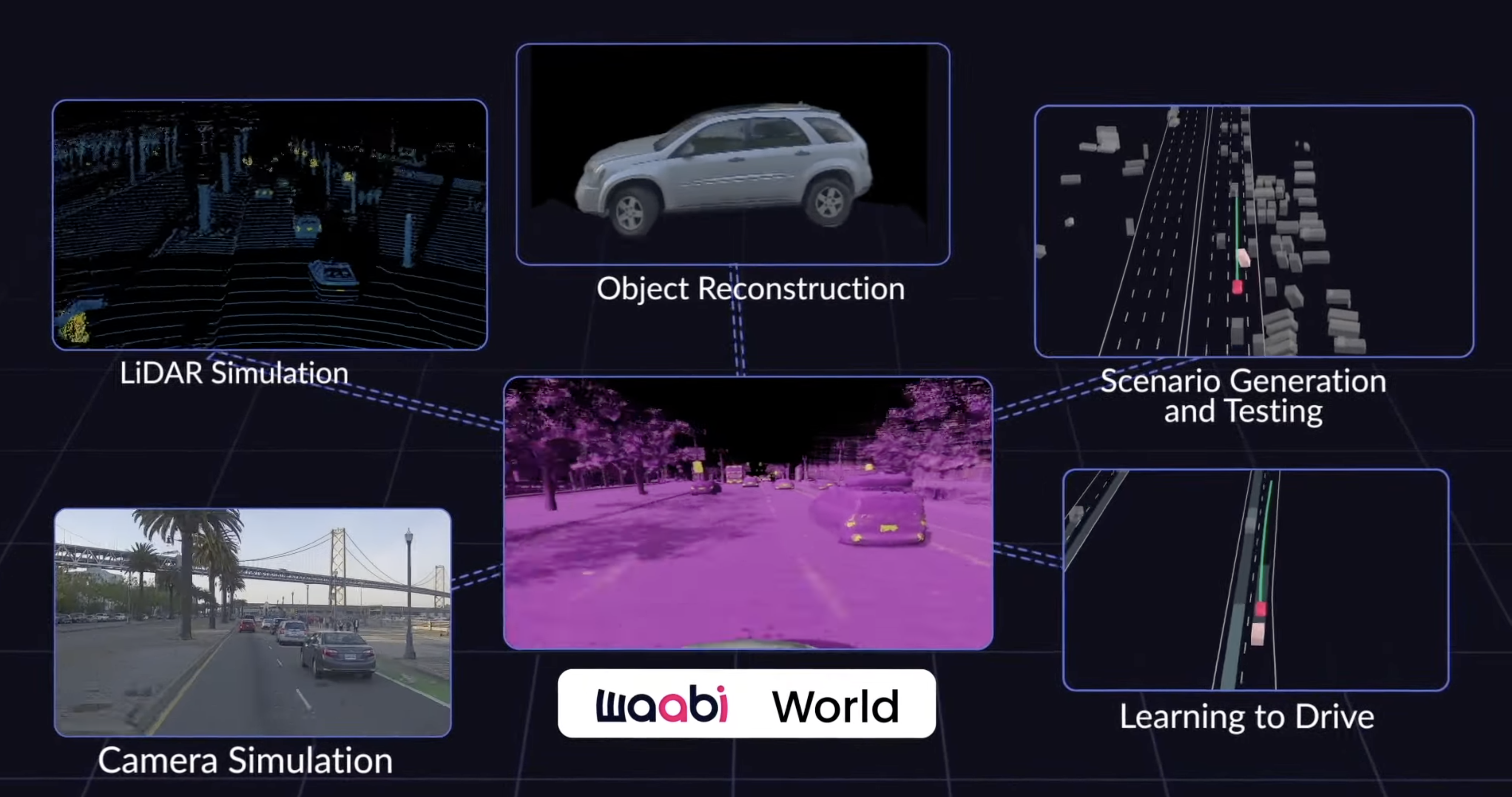The Transferable Hardware behind Aurora Driver-Powered Cars and Trucks
Hardware design plays a critical role in our path to market. With our world-class product team and platform (OEM) partners, we’ve developed a hardware kit that’s transferable between vehicles. Our hardware enables the Aurora Driver to power both trucks and cars, which we expect to unlock the successive launches of Aurora Horizon and Aurora Connect.
Here’s a closer look at how we invested in common components, a modular design, and rigorous testing of real-world conditions to allow us to seamlessly integrate one hardware kit into an array of vehicles.
Building a Common Core of Hardware
As we’ve said before, we’ve developed the Aurora Driver with a Common Core of Technology to work across multiple vehicle types. A Common Core means that every learning, development, improvement, and cost reduction benefits all Aurora Driver-powered vehicles. For the same reason, we’ve developed a Common Core of hardware. We use the same computer and sensors—powerful high-resolution cameras, long-range proprietary FirstLight lidar, and imaging radar that sees through inclement weather—to power our cars and trucks.
Autonomous trucks and cars will drive on the same roads, see the same things, and obey the same traffic laws. Hardware that is optimized for these common requirements and made transferable across vehicles enables the rapid development of self-driving technology at scale.
Leveraging a Modular Design to Unlock Transferability
Our sensor kit consists of several pods, a combination of several sensors in the same area, that can be adapted to each new vehicle type. These pods are made up of cameras, radar, and lidar sensors arranged with overlapping fields of coverage, allowing the Aurora Driver to see the world around it in a wide array of conditions.
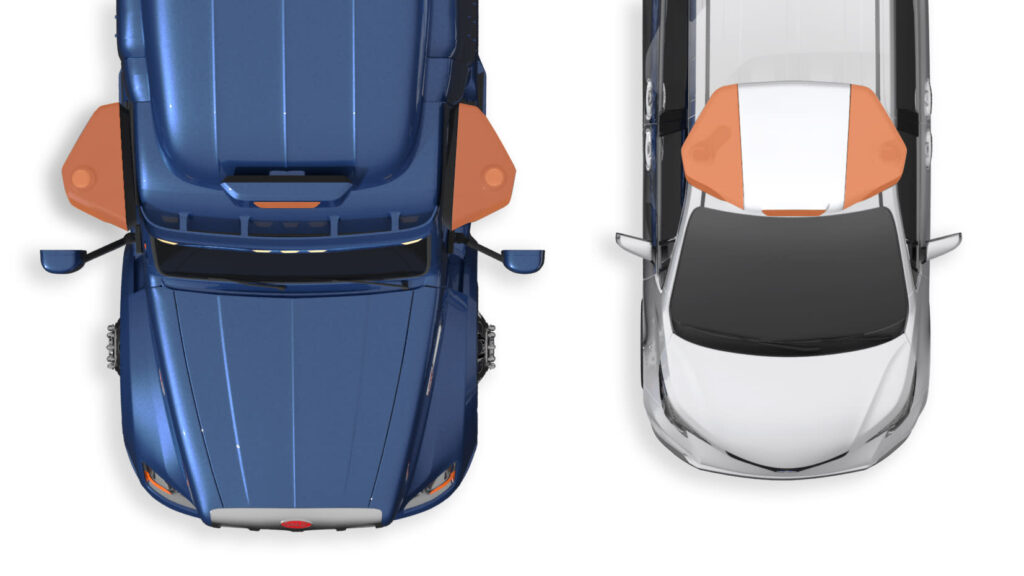
Using the same modular sensor pods on both trucks and cars also allows us to create fewer bespoke hardware parts, reducing the complexity of parts procurement and manufacturing and simplifying ongoing maintenance and future design improvement.
Preparing our Hardware for the Real World
We rigorously test our hardware in extreme conditions to ensure reliability, durability, safety, quality, and transferability across vehicle types. For example, we test both the layout and materials that go into our sensor pods to ensure that they 1) meet high quality and safety standards regardless of whether they sit on a truck or a car, and 2) can withstand whatever they may encounter on the road, like dust, debris, rain, extreme heat, and more.
We also conduct airflow simulation tests to ensure the sensors don’t create unnecessary drag and interfere with the aerodynamics of our vehicles. These tests inspired us to fully integrate our sensor pods into the body of our trucks, rather than bolting it to the surface.
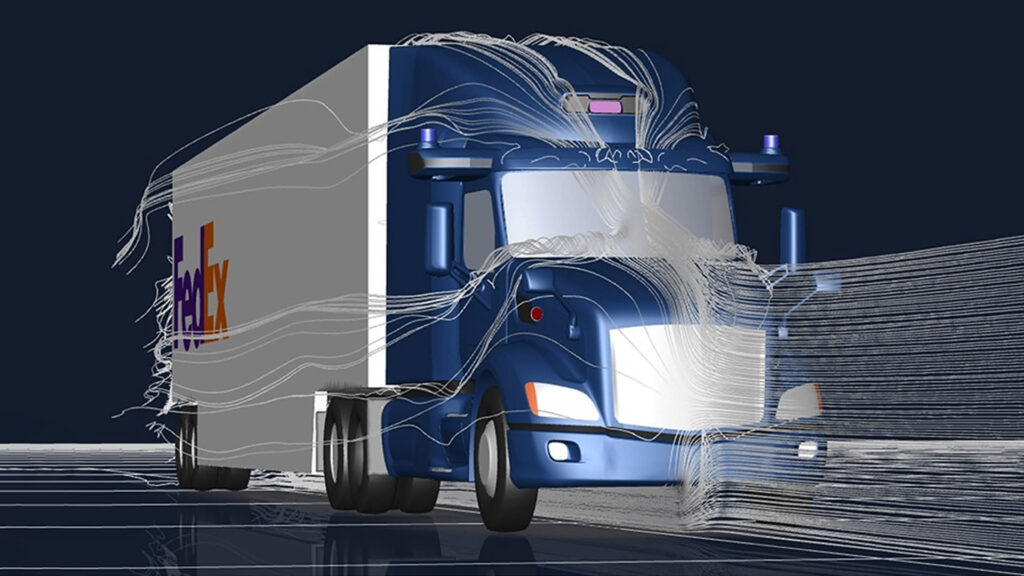
Seamlessly Integrating the Aurora Driver
Our sensor pods are inconspicuous, neutral, and seamlessly blend into the design of our partners’ trucks and cars. This close visual integration and blending of our hardware into the design helps us communicate the evolution and maturity of our product with the public.
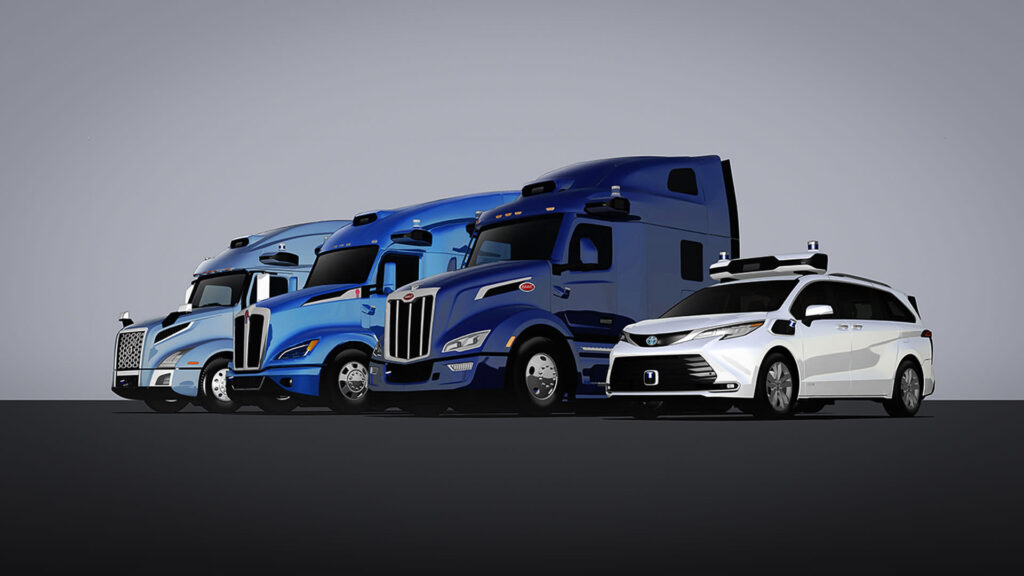
Transferable hardware enables us to deploy Aurora Driver-powered trucks and cars on an accelerated timeline. Our Common Core of hardware, software, infrastructure, and development tools have all been designed to work across multiple vehicle types. In the weeks to come, we’ll unpack how our agnostic software enables us to port learnings from our Class 8 trucks to our new fleet of Aurora Driver-powered Toyota Siennas. We look forward to sharing more soon.
This article was originally published by Aurora.

